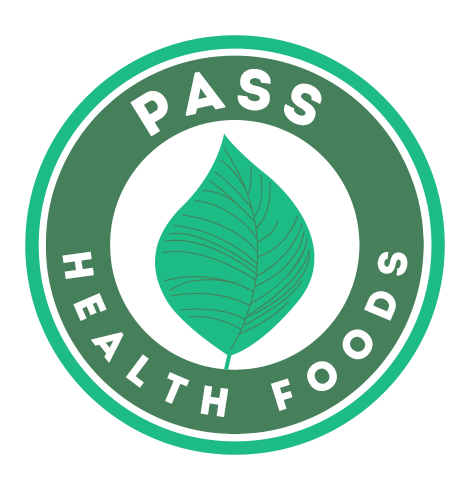Celiac
Celiac disease is probably the best known reason people switch to a gluten free diet. Celiac disease is a condition where the body is damaged by gluten, a protein found in wheat, barley, and rye. It is also present in many other foods. Celiac disease is a serious disease where eating gluten triggers an immune response in the small intestine which over time damages the intestine’s lining and can prevents the absorption of nutrients. It can cause weight loss, bloating and sometimes diarrhea. Over time the body’s organs and bones can be damaged through malabsorption of nutrients. Celiac disease is especially problematic in children, since it can affect growth and development.
Celiac disease does not always present itself with GI symptoms; in adults, common symptoms include anemia, bone disease, and neurological issues. Also, children over age 3 with celiac disease often have non GI symptoms, including iron-deficiency anemia, short stature, or mood disorders.
Cross contamination is also an issue for people with celiac disease, where foods prepared in a factory or bakery containing wheat products can cause symptoms, even if there is no gluten present in the recipe that was used. People with celiac may also wish to use gluten free beauty products, since gluten in those products can cause reactions as well.
Celiac is different from a sensitivity in that gluten can absolutely not be consumed. It’s not like being a diet where you can “cheat and have a piece of cake”, since any amount of gluten is damaging to the body. Thankfully, Celiac disease can be confirmed by a blood test, although gluten must be present in your system for the test to work.
Gluten Intolerance
Gluten Intolerance, also known as non-celiac gluten sensitivity, can have similar outward symptoms to celiac disease, but it does not have an immunological component. When gluten is ingested, the body sees it as a foreign invader, causing inflammation and digestive distress. When gluten is removed from the diet, the symptoms begin to stop. Symptoms include bloating, abdominal discomfort, and diarrhea caused by inflammation in the digestive tract. Headaches, lethargy, attention-deficit disorder, hyperactivity, muscle weakness/disturbances and joint pain may be present as well.
Autism, ADD/ADHD, Bipolar Disorder, Schizophrenia
A variety of mental disorders respond well to a gluten free diet, particularly a gluten and casein (a protein found in milk) free diet. Not everyone who switches to a GF/CF diet will see improvements, but many do. Gluten can take up to a month to leave the body and may take up to six months before all traces are removed, but if you or your child suffer from any of these disorders, it can be worthwhile to see if eliminating gluten can be of benefit.
*****
Foods that can be eaten on a gluten-free diet include rice, quinoa, amaranth, potato, buckwheat flour, corn, fruits, oil, vegetables, beans, tapioca, meat, poultry, fish, shellfish, teff, nuts, eggs, and sorghum, among others. There are also lots of gluten free baked goods, snacks, and prepared meals that we carry at the health food store.

